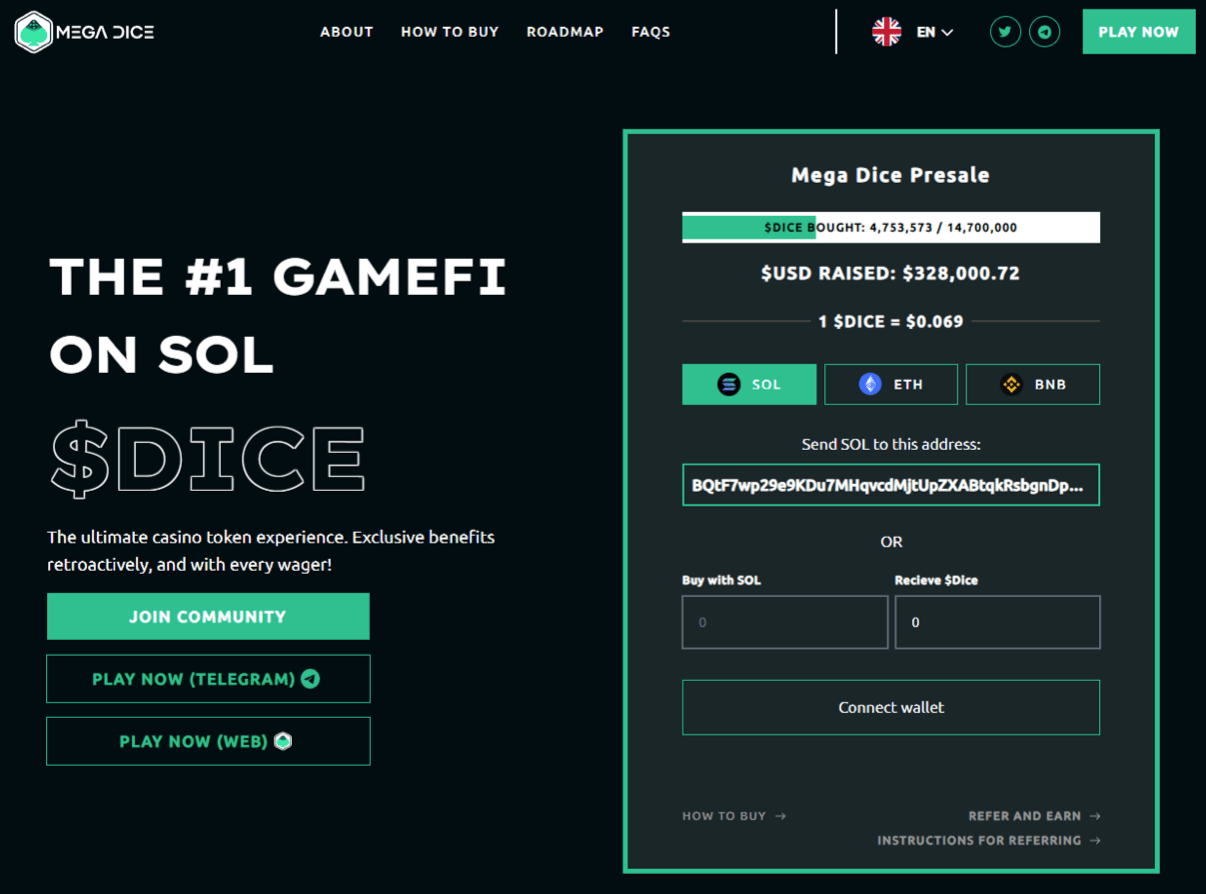Table of Contents
- A Temporary Pause
- Loan Utilization Rate Already Spiking?
- The Risk From High Liquidations
- Impact On ETH-Funded Recursive Trades
- Bellatrix Successful, Merge Almost Here
DeFi lending protocol Aave has announced that it has paused ETH loans.
The announcement comes after a community vote in favor of pausing them, given Ethereum’s upcoming Proof-of-Stake upgrade, which commenced with the Bellatrix hard fork.
A Temporary Pause
Aave’s community has overwhelmingly voted in favor of a temporary pause in loaning ETH as Ethereum enters the final phase of its Proof-of-Work transition. The decision to halt ETH loans is unprecedented, as it sees Aave set aside DeFi’s free-market principles in favor of mitigating protocol-wide risks that could result from Ethereum’s transition to Proof-of-Stake. The transition, called “the Merge,” will see the protocol finally abandon its Proof-of-Work mechanism and is slated to take place between the 13th and 15th of September.
The proposal, titled “Temporarily pause ETH borrowing,” was built after concerns that Ethereum’s upgrade to Proof-of-Stake could drive a surge in Aave’s loan utilization rate.
Loan Utilization Rate Already Spiking?
The pause is an effort to protect the Aave protocol from risks that could arise from a surge in demand for ETH from traders betting on Ethereum’s overhaul. Interestingly, Aave has already seen a growth in lending demand in the weeks leading up to the Merge.
“Ahead of the Ethereum Merge, the Aave protocol faces the risk of high utilization in the ETH market. Temporarily pausing ETH borrowing will mitigate this risk of high utilization.”
The utilization rate is the percentage of the pool loaned out to traders against the ETH left in the liquidity pool. Concerns around liquidity started to grow in the Aave community as the Ethereum upgrade drew closer. The rate could see a significant spike before the Merge as more users borrow ETH in the hopes of receiving free money or the potential ETHPOW token, which could result from a hard fork.
The Aave community is concerned that the utilization rate could potentially touch 100%, leading to a liquidity bottleneck. This prompted the community to introduce the pause, with members hoping it could serve as a deterrent against any potential liquidity crisis.
The Risk From High Liquidations
A significant spike in the utilization rate would obviously mean that most, if not all, of the ETH, has been loaned out. This would leave very little for liquidators as collateral, making it difficult to process regular liquidations of ETH positions. Block Analitica stated in the proposal,
“High utilization interferes with liquidation transactions, thus increasing the chances of insolvency for the protocol.”
The move to temporarily suspend borrowing of ETH has been hailed as a prudent move by the protocol, with Ian Salot, partner at Tagus Capital, stating,
“The part of the problem is that if markets become very volatile and ETH borrowers need to be liquidated, there may be a scarcity of ETH due to high utilization, making it harder for liquidations to go through effectively.”
Impact On ETH-Funded Recursive Trades
A higher utilization rate could also impact recursive trades, lifting ETH borrowing rates to such a level that popular ETH-stETH recursive borrowing positions become unprofitable. Such a scenario could potentially lead to a mass unwinding of positions and inject volatility in the stETH markets. In a recursive trade, ETH is deposited into a liquid staking protocol such as Lido in exchange for staked ETH. This is then deposited as collateral on Aave to borrow ETH, which is again deposited to Lido for more stETH, with the cycle continuing. This leveraged position loses its appeal once the borrowing rates exceed the annualized staking rewards.
Bellatrix Successful, Merge Almost Here
Meanwhile, Ethereum’s Bellatrix upgrade went live without any hitches, marking the completion of the first of two stages leading up to the Merge. The success of the upgrade had a hugely positive reaction, with ETH surging by 6%. The second stage of the Merge, christened Paris, will take place between the 13th and 15th of September, according to Ethereum co-founder Vitalik Buterin.
Disclaimer: This article is provided for informational purposes only. It is not offered or intended to be used as legal, tax, investment, financial, or other advice.
Investment Disclaimer










